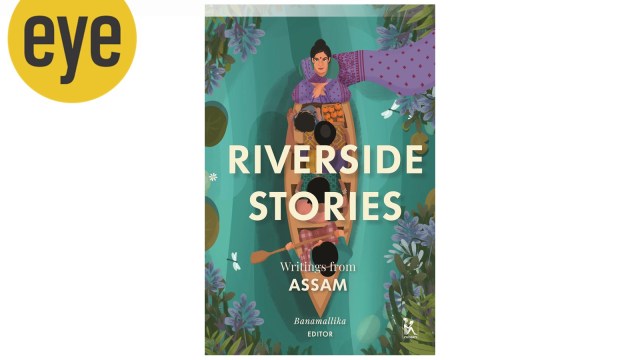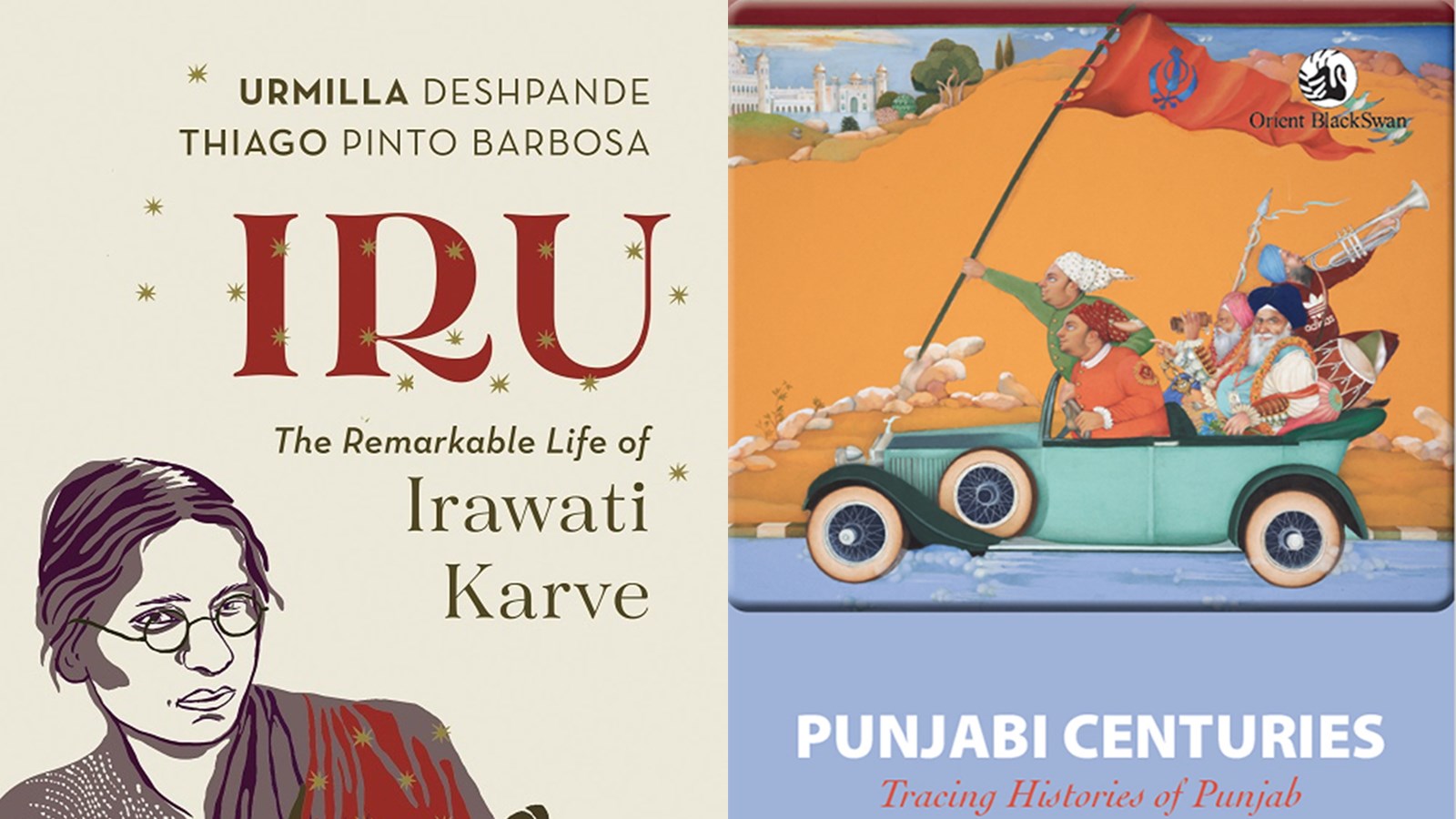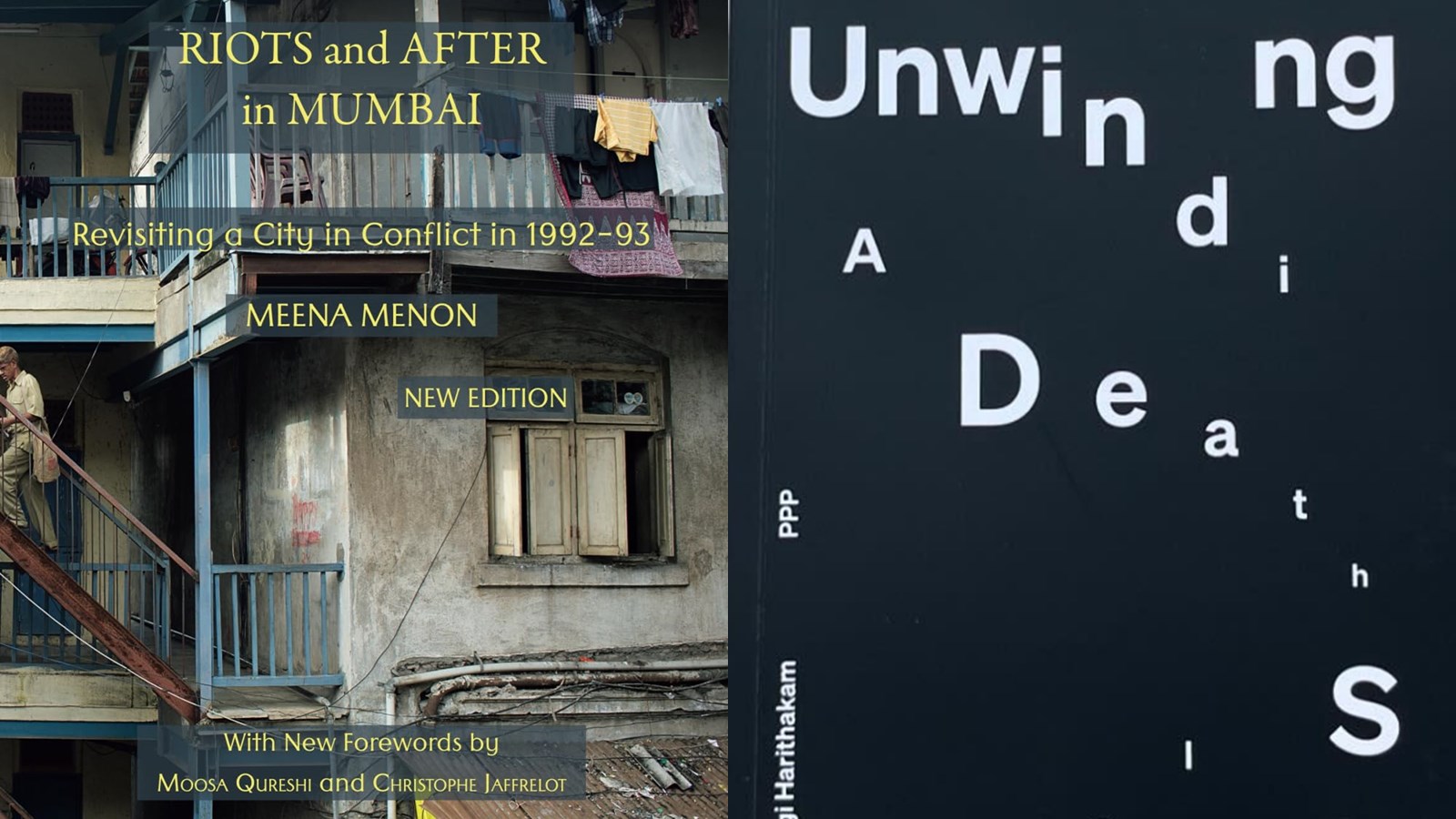Books to read: After the dust settled on Babri Masjid
From testimonies of those who lived to see the Babri Masjid’s demolition, to a detective story about misogyny and violence, here are the new publications you must read
 Riverside Stories: Writings from Assam (Source: Amazon)
Riverside Stories: Writings from Assam (Source: Amazon)Iru: The Remarkable Life of Irawati Karve (Rs 699, Speaking Tiger) is a novelistic biography of the reputed 20th century anthropologist, whose Yuganta: The End of an Epoch, an analysis of Mahabharata as history instead of mythology, earned her both bouquets and brickbats. It’s penned by writer Urmilla Deshpande, Karve’s granddaughter, and scholar Thiago Pinto Barbosa, and aims to add a personal footnote to the decorated academic’s life.
Punjabi Centuries (Rs 2150, Orient Blackswan) is a volume that analyses the many versions of Punjab that have existed in history – both in the imagination and soil – through scholarly works on the state’s music, economy, politics, geography and literature. It has been edited by Anshu Malhotra and tracks Punjabi identity from the 19th century to modern day, contributed to by scholars from India, the US, UK and Canada.
 Iru: The Remarkable Life and Punjabi Centuries. (Source: Amazon)
Iru: The Remarkable Life and Punjabi Centuries. (Source: Amazon)
Riverside Stories: Writings from Assam (Rs 595, Zubaan) is a collection of 39 pieces – stories, poems, visuals – edited by gender scholar Banamallika Choudhury. The pieces have been contributed by cisgender women and transgender people, and the book is the sixth in a series featuring writing from Northeast India, with previous instalments on Nagaland, Manipur, Arunachal Pradesh, Meghalaya and Mizoram.
 Riots and After in Mumbai (Source: Amazon) and Unwinding a Death Spiral (Source: Panther Paw)
Riots and After in Mumbai (Source: Amazon) and Unwinding a Death Spiral (Source: Panther Paw)
Riots and After in Mumbai (Rs 699, Yoda Press) by journalist Meena Menon has come out in a new edition, with forewords by Christophe Jaffrelot and Moosa Qureshi. The 2012 classic includes testimonies from survivors of the riots shortly after kar sevaks demolished the Babri mosque in Ayodhya. In two months, almost 1000 people died, most of whom were Muslim, in a political earthquake whose tremors reverberate to this day.
Unwinding a Death Spiral (Rs 650, Panther’s Paw) by Gargi Harithakam is a detective story. Anchored by a woman known only as ‘I’, it follows the death of a seven-month-old girl in the womb of Sunaina, motivating the detective to question not only the death but her own life, the society she’s lived in, and the place of women in a country which frequently subjects them to violence and marginalisation. The list of suspects begins with Sunaina’s immediate acquaintances but expands steadily to the places she’s grown up in.
- 01
- 02
- 03
- 04
- 05































